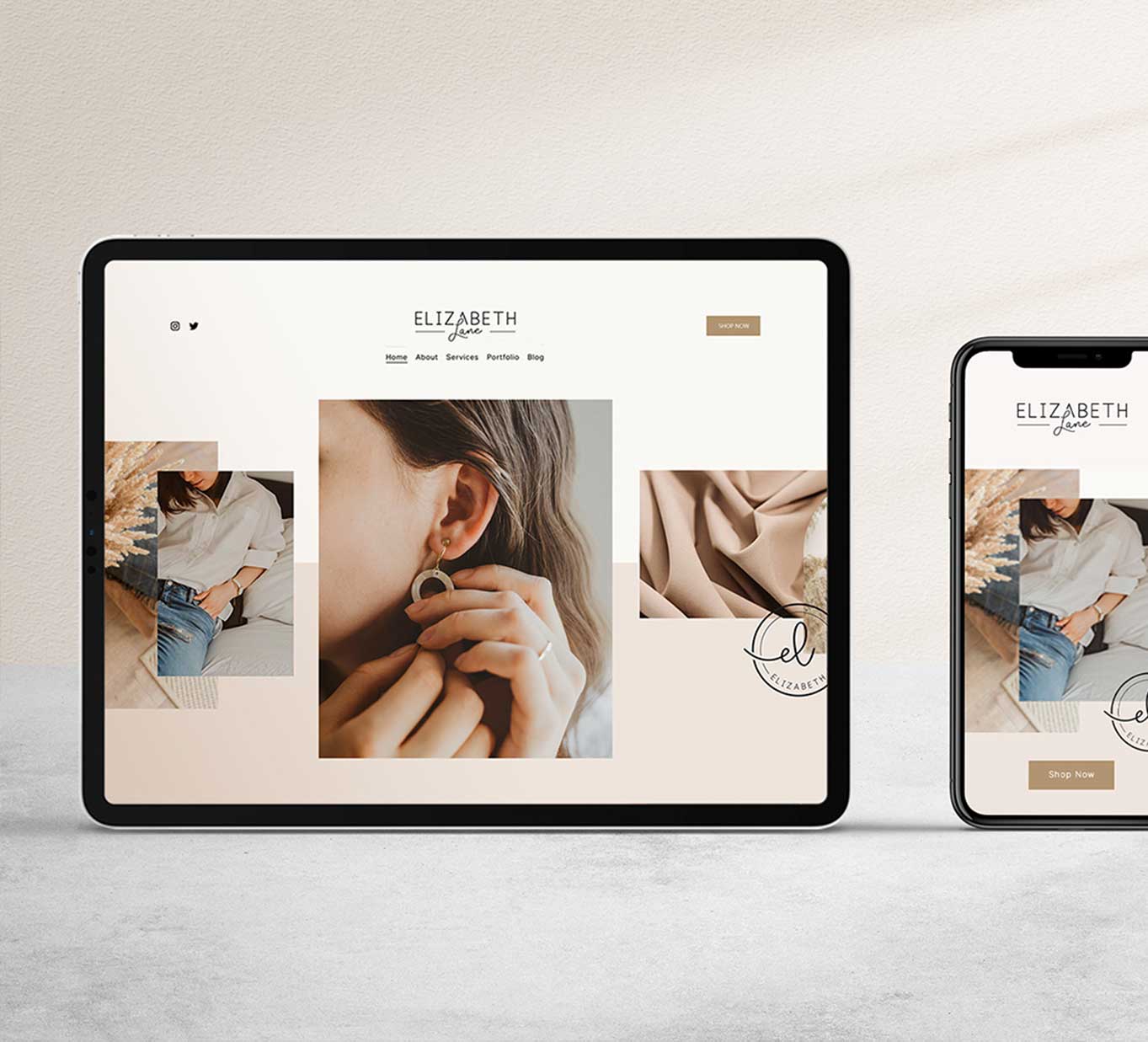So you’ve had the perfect logo designed for your business, but now what? It’s time to secure and protect your brand identity by applying to trademark a logo in Australia. In this post we cover the essential steps to ensure your logo is legally protected, and why prioritising this process is critical for your company’s long-term success.
What is a trademark?
A trademark holds significant importance as a protective measure, distinguishing your company from competitors who might attempt to employ similar marketing tactics.
Luckily, you can protect your entire brand identity, including your logo or anything that is unique to your business. Other branding elements such as words, phrases, a letter or number can also be trademarked. Even your product’s packaging can be trademarked if you desire.
Once you have successfully registered your trademark, you will have the exclusive right to use, licence and sell it. This prevents other businesses from using your logo or branding elements.
How is a trademark different to copyright?
A trademark protects your legal identity so that customers know who they are purchasing from whereas copyright safeguards creative work, including designs, so that it cannot be replicated.
The other main difference is that artwork, such as your logo design, is automatically protected under the copyright act. Whereas if you want to safeguard your business identity you will need to go through the trademark application process.
If you do engage a logo designer, make sure that they transfer the copyright over to you. This should be detailed within their contract or terms & conditions.
Here’s an example that helps to distinguish the difference. The iconic nike swoosh – that’s a trademark. On the other hand, their latest sneaker design is protected under copyright laws.
Do I need to trademark a logo?
Legally you’re not obliged to register your logo as a trade mark. If you’re comfortable to take the risks that come with not protecting your logo, you can choose to do that. Often startups skip the trademark process until they see their brand as having a value that needs protecting.
One way to minimise risk is to add the ™ symbol to your products without actually registering it. Whilst this is okay to do, the downside is that you will actually have no protection under IP law.
The ® symbol has to be placed next to trademarks that are actually registered so proceed carefully.
Keep in mind that the more successful your company becomes, the more valuable your logo becomes, and the more severe the consequences of failing to protect it will be.
If another company has a logo that is so similar to yours that it can be mistaken for yours, and you haven’t registered it as a trademark, it could be confusing for your customers, and the other company will reap the benefits of all the time, effort, and money you’ve spent building your brand.
The last thing you want is a company using a logo similar to yours doing poor work and they damage your reputation, or that they register the logo as a trademark and prevent you from using it. After you’ve worked long and hard to build a brand, that’s not something you’ll want to lose.
The good news is it is not expensive to trademark a logo. The IP Australia trademark application and registration fee starts from $250 per class. Generally most trademark applications only need one or two classes, and the fees are renewed once every ten years.
It is possible to protect a logo without registering it as a trademark under common law, and state-based fair trading legislation. But it could be much more difficult and costly to fight that battle than it would be with having a trademark registration.
How do I trademark my logo?
Before you get started you have to make sure that you’re eligible to apply for a trademark. To be eligible, you have to intend to use the trademark in relation to the class of goods and services you’re registering it under, and you have to apply as an individual business owner.
Your trademark is not allowed to conflict with any marks that are already registered, because that’s the quickest way for your application to be rejected. By uploading an image to the Australian Trademark Search you can see if a similar logo has already been registered.
Once you’ve checked that your logo meets the requirements, you can apply online through IP Australia.
After you file your application, it will be made publicly available and only very minor changes can be made so make sure what you submit is the final version.
Typically it takes IP Australia a few months to assess the application. Other businesses are given the chance to oppose the application. If there are no objections to your submission, its registration will be finalised a few more months after that. So the entire process can take around six months from submission to getting the trademark formally approved.
If you decide to register your logo globally IP Australia recommends using the Madrid Goods & Services Manager to check if the class of goods and services you’ve chosen will be accepted by the World Intellectual Property Organisation. The Madrid Protocol allows you to apply for trademark protection in a number of countries in one application. There are a few countries that haven’t signed up to the Madrid Protocol so those trademarks are registered individually.
How do I protect my trademarked logo?
Once you trademark a logo, it’s up to you to check it has not been wrongfully used. If you notice a logo that looks suspiciously similar to yours, IP Australia recommends sending a letter of demand to assert your ownership as the first step. Attempting alternative dispute resolution tactics, including mediation, arbitration and expert determination, and finally going to court are methods only used as a last resort.
It is also important to note that you actually have to use your trademark in order to protect it. If you don’t, it can be removed on the grounds of non-use. This legality aims to prevent opportunistic individuals from indiscriminately creating numerous trademarks without any intention of utilising them.
A non-use application can only be submitted five years after the initial filing of the trademark. However, if you can show that you used the trademark within the last three years, your application is likely to be approved without issue.
Your trademark registration will be valid in all Australian states and territories for ten years from the date of formal filing.
You can then renew it every ten years, up to 12 months before the renewal is due, and as late as six months after it’s due, but you’ll need to pay a late fee.
If you need assistance with your branding elements and trademarking your logo design get in touch.




